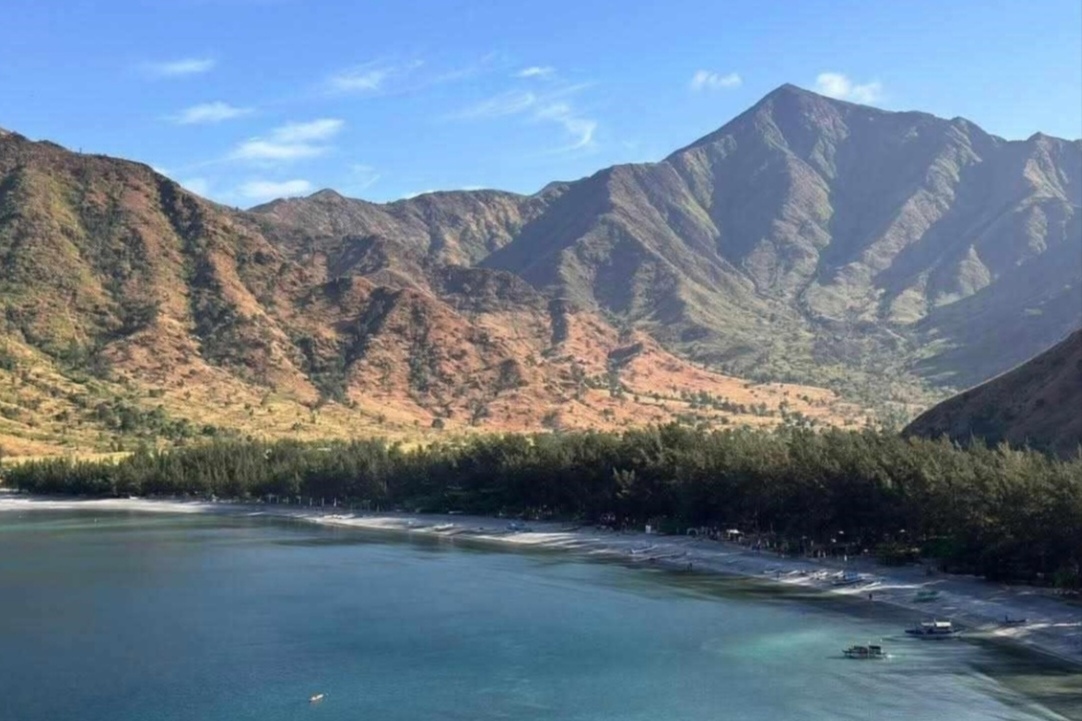Zambales gas seep breaks world hydrogen emission record
A natural gas seep in Zambales has produced the world’s highest recorded rate of geologic hydrogen emissions, a recent scientific study has found—raising hopes for a new source of clean, renewable energy in the region.
The Nagsasa seep, located in San Antonio town, emits an estimated 808 tons of hydrogen annually, according to researchers behind the study “High hydrogen outgassing from an ophiolite-hosted seep in Zambales, Philippines.” That figure eclipses the previous global record of 200 tons reported in Albania in 2024.
The findings, featured in the 68th episode of the Behind the Science podcast, suggest that the Nagsasa site alone could potentially generate between 12,861 to 15,185 megawatt-hours (MWh) of energy per year—equivalent to roughly 42% of San Antonio’s estimated annual requirement of 36,600 MWh.
This is a possible source of renewable energy, according to Dr. Karmina Aquino, geological chemist at the Department of Science and Technology – Philippine Nuclear Research Institute (DOST-PNRI). She added that it is significant to supplement the power demand of the town of San Antonio which is hosting the seep.
San Antonio, home to around 10,000 households, includes areas that remain unelectrified. Aquino said harnessing this natural hydrogen could benefit local communities, particularly those not connected to the power grid.
Hydrogen, often touted as a clean fuel, has come under renewed global interest amid efforts to meet climate targets. The International Energy Agency has set a goal of producing 500 million tons of clean hydrogen by 2050, in line with the Paris Agreement’s aim to limit global temperature rise to 1.5 degrees Celsius.
Aquino stressed that most hydrogen today—around 96%—is produced from fossil fuels, generating carbon dioxide in the process. In contrast, geologic hydrogen forms naturally underground through water-rock interaction and emits no carbon when tapped.
“We knew this for so long. Actually, the Philippines is one of the OG [original] sites for geologic hydrogen, as early as 1980s or earlier,” Aquino said.
Zambales was chosen for the study due to its accessibility and geological significance. The province is recognized internationally as a well-preserved example of ophiolite—ancient oceanic crust and mantle rock exposed on land—often associated with hydrogen outgassing.
While the full-scale commercial potential remains under study, Aquino noted that the most immediate application of the Nagsasa gas is as a mixed gas (hydrogen and methane) for a gasifier power generation system. Her team is now in talks with the DOST – Forest Products Research and Development Institute (DOST-FPRDI) to explore the development of such a system.
The research is funded by the DOST Grants-in-Aid Program and conducted under the Science and Technology Fellows Program, which aims to boost the country’s research capabilities and deliver science-based solutions across sectors.



0 Comment